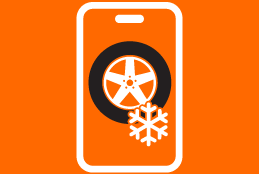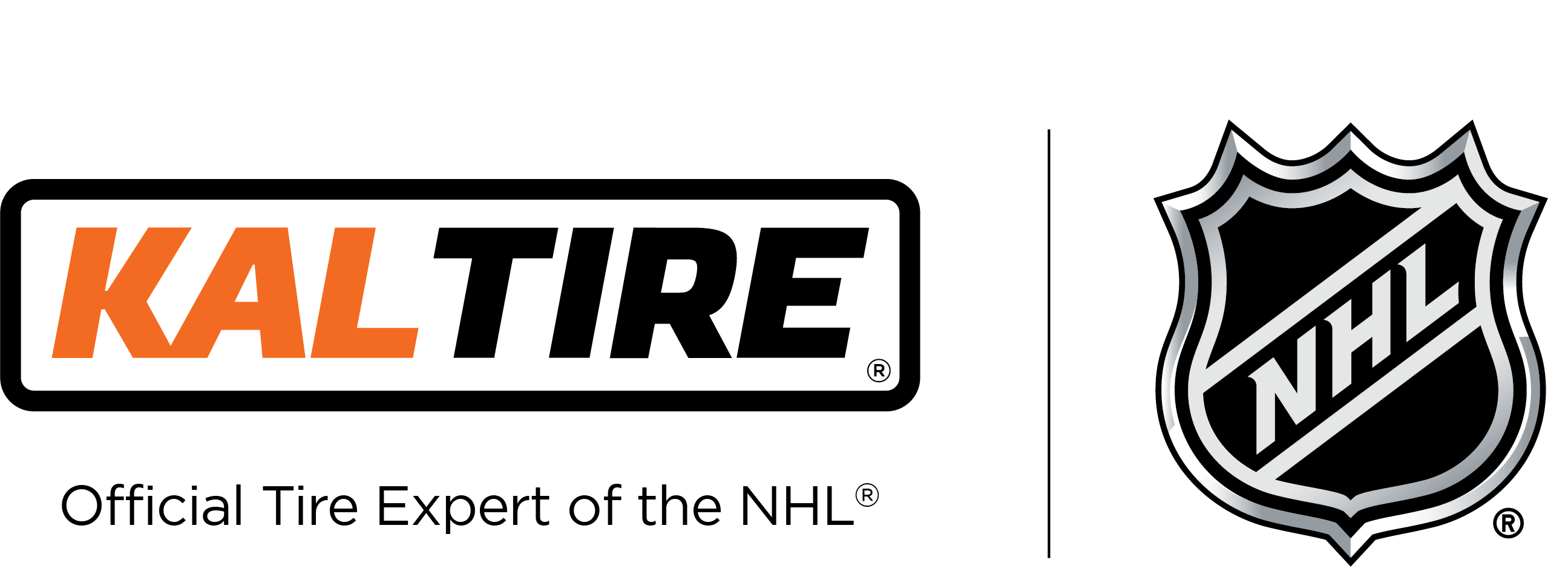Vernon, BC - Monday, September 28, 2020
Study shows many drivers plan to use unsafe tires this winter, or wait too late to switch into their
winter tires
Drivers who left their winter tires on through the summer because of COVID-19—and those planning to wait until November to change into their winter tires—are being encouraged help keep roads safe and avoid getting caught in the cold this fall.
A Kal Tire survey shows an average of 11 per cent of respondents never had their winter tires
removed last spring, and among those who did switch out their winter tires, 60 per cent plan to wait until at least November or when snow is forecast or falling to have their winter tires installed.
“In either case, that’s a lot of drivers in unsafe driving situations,” says Mike Butcher, regional director for urban retail stores, Kal Tire.
“This is also a different year at stores, so this is not the winter to wait for your winter tire changeover.”
The survey polled 1,633 motorists from BC to Ontario to find out if the COVID-19 pandemic
impacted when drivers removed their winter tires last spring and if drivers would change over to winter tires earlier than normal to avoid crowds and line-ups this fall. The average of 11 per cent of drivers who drove their winter tires through the summer cited the main reason was that COVID-19 made it difficult to make the switch. Of those drivers, 95 per cent plan to keep those same winter tires on for another season and 68 per cent are not concerned about the impact of driving winters through the summer.
“Running winter tires through the summer, particularly during the hot months, can significantly reduce tire life, possibly by as much as 50 per cent, so if at the end of winter, those winter tires had 50 per cent of their tread remaining, and they were driven all spring and summer, there might not be enough tread depth or grip for safe winter driving,” says Butcher, adding yearround use of dedicated winter tires can also lead to uneven wear, poor performance even on dry pavement and reduced fuel economy.
To help ensure drivers won’t be compromising their safety and the safety of others on the road, Kal Tire recommends having winter tires inspected before cold temperatures set in.
“Winter tires give you better braking and cornering grip because they can stay soft and flexible as soon as temperatures are consistently at or below +7C, so it’s not about the snow. In most cities in Canada, that means you could easily have your winter tires installed, and not
compromise wear, in early fall,” says Butcher.
With so many of the drivers who did switch out their winter tires saying they plan to wait this fall, Kal Tire is encouraging drivers to reconsider when they change into their winter tires to be ready for winter driving and help keep roads safe.
“We all know what it’s like to wait to the last minute, after the first big snowfall, to switch into winter tires, and then find yourself lining up outside in the cold, or taking your chances on the roads until you can get in for your changeover,” says Butcher. “Because we’ve made changes to protect customers and team members as we follow COVID-19 protocols, we aren’t allowing as many customers to wait in our showrooms as previously due to social distancing, so we want to encourage people to come in earlier. We want people to stay warm and stay safe on the road.”
Other key findings from the Canadian Winter Tire Survey:
- BC had the highest percentage of drivers who kept their winter tires on over summer at 18 per cent, followed by Alberta at 15 per cent and Manitoba at 9 per cent
- 25 per cent of drivers delayed doing maintenance work because of COVID-19
- 43 per cent of drivers used all-season tires last winter, with over 66% per cent of these drivers citing that all-season tires are ‘fine for winter driving’ as the reason for their tire choice




